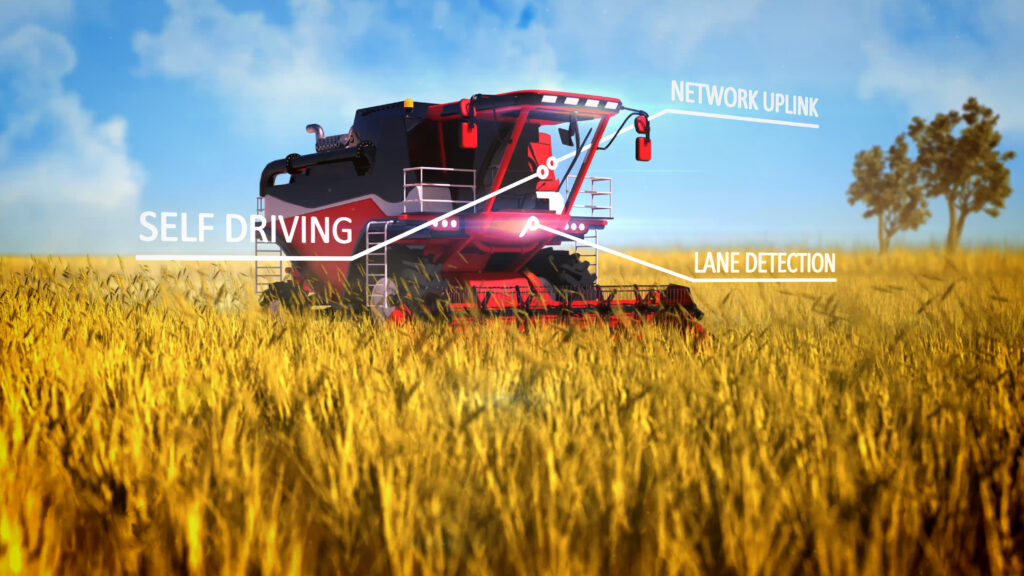The impact of electrification on heavy equipment manufacturing

Electric vehicles, autonomous driving and emerging technologies create new challenges for heavy equipment makers
By now, there is no doubt that there is a shift in the Heavy Equipment industry towards hybrid and fully electric equipment. Equipment owners see the benefits of improved fuel economy, reduced (little to zero) emissions, and quieter equipment. It seems like every week news emerges of a new electric product aimed at eventually replacing its diesel engine powered counterpart.

While the shift toward electric is undeniable, it will not be an overnight change, but rather a gradual one taking place over months and years. As consumer demand for electric products increases and more technological advancements are made, electric heavy equipment will increasingly become a bigger part of the market.
As a result, the majority of heavy equipment OEMs are not in a position to invest in a production facility dedicated exclusively to the production of electric equipment. These OEMs, therefore, need to figure out the best way to integrate the production of their electric heavy equipment into existing plants producing primarily internal combustion engine-powered equipment.

Siemens Digital Industries Software has the tools these heavy equipment OEMs need to be able to meet the many difficult challenges this type of mixed-model production presents and thrive in this continually evolving marketplace. Leveraging Siemens’ Xcelerator portfolio, heavy equipment manufacturers can find the optimal way to produce diesel-powered, hybrid, and fully electric heavy equipment in the same plant.
Let’s look at some of the challenges around hybrid and electric heavy equipment manufacturing and how Xcelerator can help.
Manufacturing Challenge #1:
Ensure the production line has all of the required tooling, equipment, and operators to assemble a mix of diesel-powered, hybrid, and fully electric heavy equipment.
Siemens solution:
Use Teamcenter® software Manufacturing Process Planner and Easy Plan applications to develop a comprehensive digital process plan that ensures you account for every part.
Manufacturing Challenge #2:
Develop new manufacturing processes (e.g., electric motor assembly, battery pack installation) specific to electric vehicles.
Siemens solution:
Plan and validate the new processes virtually with Process Simulate in the Tecnomatix® portfolio to uncover any potential assembly or ergonomic issues up-front before physical launch.
Manufacturing Challenge #3:
Adjust to a fluctuating model-mix based on customer demand for electric vehicles and ever-increasing government regulations.
Siemens solution:
Use Opcenter™ software Advanced Planning & Scheduling to optimize production scheduling and ensure that orders can be fulfilled on time.
Manufacturing Challenge #4:
Make sure that shop floor operators are able to build custom variants of equipment based on each customer’s preferred configuration.
Siemens solution:
Leverage Teamcenter Electronic Work Instructions together with Product Configurator so that operators have the detailed information they need to perform one-off assembly operations.
Similar to electric equipment, the transition to autonomous equipment is also underway and will ramp up gradually over time. Siemens Xcelerator can, therefore, also be used to help address the same challenges listed above as they relate to the gradual production increase of autonomous equipment.

In addition to these examples, Siemens Digital Industries Software has solutions for many other electric and autonomous heavy equipment manufacturing challenges.
For more information on Siemens’ Collaborative Manufacturing solutions for the Heavy Equipment industry, please visit us at: https://www.siemens.com/he-cm
Comments
Leave a Reply
You must be logged in to post a comment.



What about the hydrogen combustion engine development and prototypes being developed by JCB?
https://www.youtube.com/watch?v=19Q7nAYjAJY
The video presents some interesting facts regarding the utilisation of heavy plant and why electrification is suited to vehicles with relatively low utilisation.